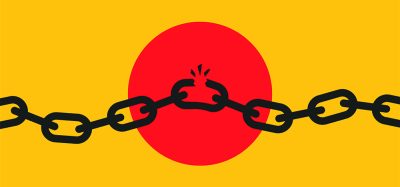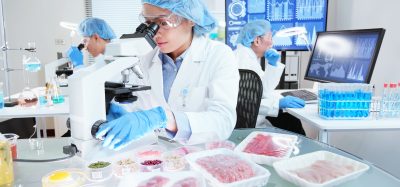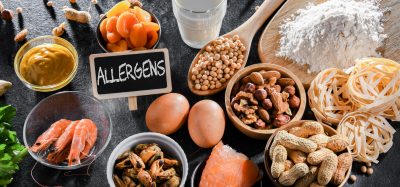Cold storage and freezer monitoring – mistakes can be very costly
- Like
- Digg
- Del
- Tumblr
- VKontakte
- Buffer
- Love This
- Odnoklassniki
- Meneame
- Blogger
- Amazon
- Yahoo Mail
- Gmail
- AOL
- Newsvine
- HackerNews
- Evernote
- MySpace
- Mail.ru
- Viadeo
- Line
- Comments
- Yummly
- SMS
- Viber
- Telegram
- Subscribe
- Skype
- Facebook Messenger
- Kakao
- LiveJournal
- Yammer
- Edgar
- Fintel
- Mix
- Instapaper
- Copy Link
Posted: 6 September 2016 | Testo | No comments yet
Testo, experts in food safety, offer New Food an insight into the importance of monitoring food temperatures and the inevitably costly consequences of failing to do so…
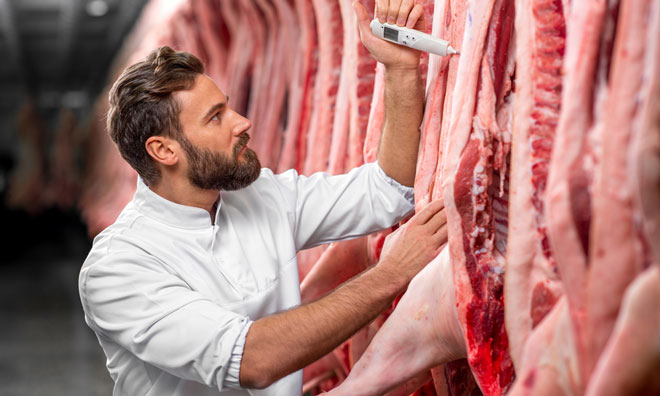

Testo, experts in food safety, offer New Food an insight into the importance of temperature control and the inevitably costly consequences of failing to monitor correctly.
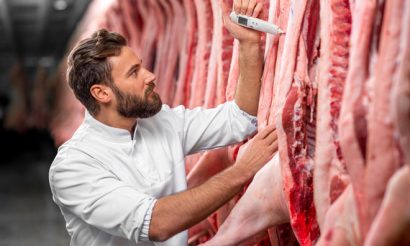

As anyone in charge of a premises which stores food will know, every location is different. Consequently, when it comes to monitoring conditions, careful selection is essential to ensuring that the correct equipment is used in order to match the specific requirements of your location.
This type of precision is vital.
As we’ve seen time and time again, when it comes to the cold chain, one slip up can be incredibly costly.
Monitoring Freezers
When monitoring conditions in a freezer, as well as measuring the temperature of a product itself, keeping tabs on the air temperature within the freezer is fundamental. It is advisable to measure this in the vicinity of the air recirculation using a suitable air temperature probe. This is where the air is warmest. If the air here is the correct temperature (for example -18 °C), it is safe to say the freezer is working properly.
For simple monitoring it is usually sufficient just to place a data logger with an internal sensor in with the frozen goods. If you’re planning on monitoring a freezer over a longer period of time however, it would be advisable to use a data logger with several input channels. One probe measures the air temperature at ground level, another at the maximum load line, while a third measures the air temperature at the air recirculation.
Cold storage areas / store rooms
If you’re monitoring a cold storage area or room, as well as overseeing the air temperature and product temperature (core temperature of the chilled goods), the use of a data logger is highly recommended. In fact, for cold and deep-freeze storage areas which are larger than 10 m³, data recording is even compulsory.
As we’ve seen time and time again, when it comes to the cold chain, one slip up can be incredibly costly.
According to BS EN 12830 Regulations, 15 minutes should be considered a suitable measurement interval.
You can set the limit values to the maximum acceptable temperature (-18 °C, -15 °C). If a reading outside the allocated threshold is detected an alarm will be send either via email, SMS, or App with immediate effect.
Should an incidence like this occur, you can then you can use the analysis features to determine exactly when the measurement data strayed over the limits and for how long.
Getting these temperature control factors right is of intrinsic importance to maintaining an excellent level of food safety.



